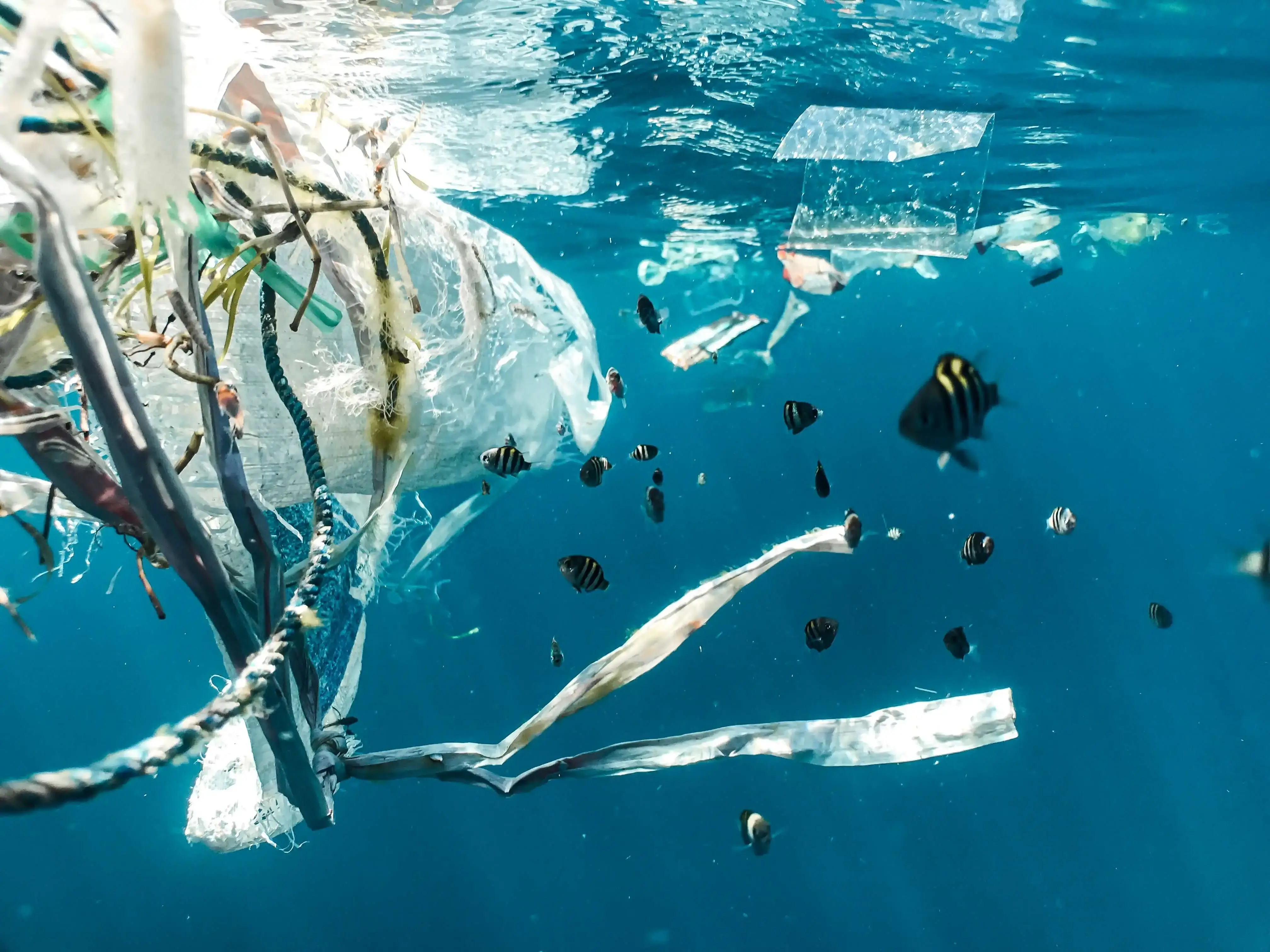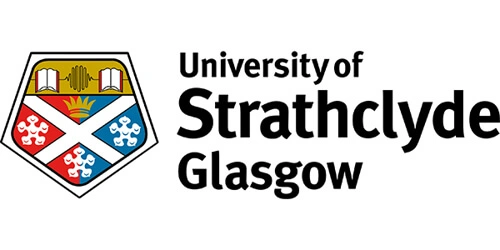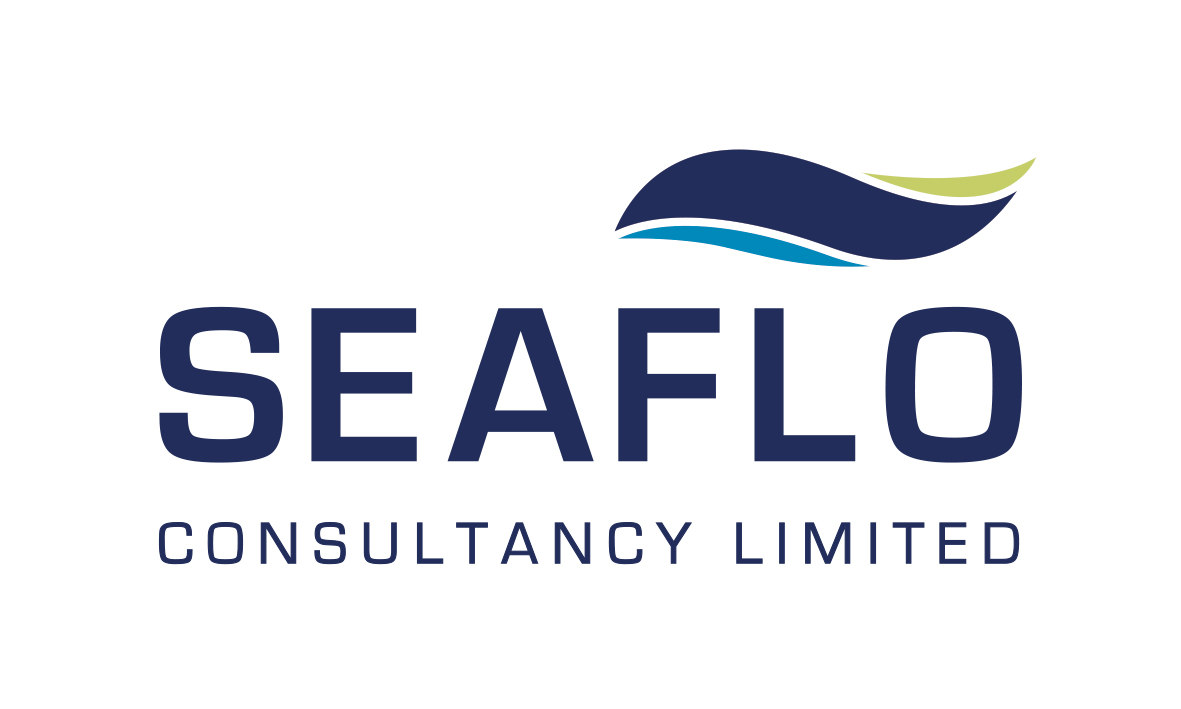Research Programme: Transparent Ocean
Programme Lead: Professor Jinchang Ren
Supported By: Dr Yijun Yan
Funder/Sponsor: Office of Naval Research (ONR) & Royal Navy
Project Status: Complete
Overview
The detection and avoidance of obstacles such as wrecks, nets, props, keels and containers are crucial for autonomous naval missions. This project aims to develop an advanced underwater imaging system that can effectively detect and classify objects in challenging underwater environments. Eventually, the developed system can help to detect and classify underwater obstacles for improving the reliability and smoothness of naval operations.
Motivation
Underwater environments present challenges for conventional sensors such as sonar and optics. Sonar, being expensive, especially for imaging sonar, has poor performance in shallow waters, and may also harm marine mammals. Optic systems, on the other hand, benefit from a high bandwidth for providing rich structure, shape and texture features, especially for underwater inspection. However, light transmission in water suffers from severe attenuation due to internal and external factors such as absorption, scattering, turbidity and suspended particles. This leads to relatively poor image quality and detection accuracy from optic sensors. To address these challenges, we propose to integrate the scotopic camera and laser together for more effective imaging in the underwater environment. Deep learning-based image enhancement and object detection techniques are then applied for accurate detection and classification of various obstacles accordingly.
Real-World Impact
The proposed system can directly benefit future naval capabilities in terms of smoother and more autonomous operations of missions and reduced risks. Moreover, it can be used on a variety of platforms and is economical and eco-friendly. The system can be expanded to perform additional underwater tasks such as rescue operations and offshore infrastructure inspections in maritime and offshore sectors. The roadmap for further development and potential commercialisation includes three key stages: prototype development, field trials and a minimum viable product. Successful commercialisation can lead to providing underwater data acquisition and analysis services to working partners with customised systems tailored to specific end-users.








